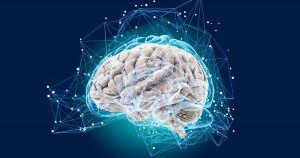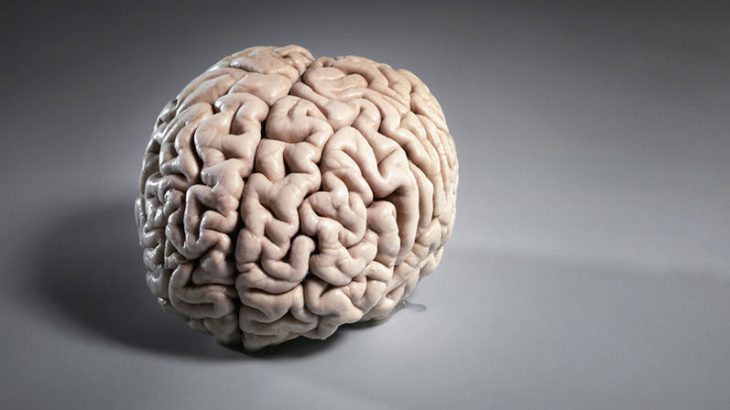Scientists have managed to get closer to unraveling the mechanism of action of prion diseases. This is a whole group of neurodegenerative diseases that destroy the human brain, leaving no chance for salvation. Scientists hope that the discovery will bring them closer to developing a treatment.
Those strange prions
Prions are special proteins with an abnormal structure that, like viruses, can infect mammals, including humans. They multiply in living cells, cause the body’s own proteins to turn into prions, especially often they affect the brain. It is the only known infection that replicates without RNA and DNA.
Prions are very stable, they accumulate from the affected tissues, damaging and destroying them. However, they are very difficult to chemically or physically destroy. Because of this, there is still no cure for any prion disease, they are all fatal in 100% of cases. Collectively, prion diseases are referred to as transmissible spongiform encephalopathies.
Kuru is a neurodegenerative prion disease common among the aborigines of New Guinea. Basically, she dealt with cannibals who ate the brain of an enemy for ritual purposes. After the onset of the disease, the patient lives no more than a year, but the incubation period can last for decades.
Gerstmann-Straussler-Scheinker syndrome is rare. This is a hereditary disease that manifests itself in people from 20 to 60 years old. It starts with problems with coordination, and ends with deep dementia. The incubation period is from 5 to 30 years.
Fatal familial insomnia is perhaps one of the worst prion diseases. Patients literally lose the ability to sleep and die of insomnia within a few months. At this time, they are tormented by panic attacks and hallucinations.
Creutzfeldt-Jakob disease is also known as mad cow disease. Has several forms. The first – classical – occurs spontaneously in people over 50 years old, gradually destroys the brain, killing in 8 months. The second was called the “new version”, it appeared in the late 80s in the UK. Presumably, the first patients became infected from poorly processed meat from mad cows. There is an inherited form, and this disease can also be contracted, for example, during a medical intervention.
Prevent infection
Infecting the brain, prions accumulate in axons – long processes of neurons. As a result, they increase in size and lose their ability to conduct signals correctly. The development of other neurodegenerative diseases of a protein nature, for example, Alzheimer’s disease, proceeds in a similar way. If scientists manage to understand how and why this happens, then it will turn out, if not to rid people completely of these ailments, then at least learn to restrain them.
The researchers carefully observed the behavior of prions, proteins affect only axons, but do not touch the bodies of neurons themselves. It turned out that it was precisely in this feature that the solution lies. Usually, neurons are able to cleanse themselves of excess, including clumps of prions. However, things are more difficult with axons, the cells simply cannot cope with cleaning.
Apparently, neurons usually get rid of prions with the help of vesicles, small capsules that cells use to transport substances. Neurons send their vesicles along the microtubule systems to the axons, like on rails. If a prion is found in the capsule, then, once it enters the axon, it merges with others, forming aggregates, from which it is no longer possible to get rid of. As a result, these aggregates swell and block the paths for impulses, causing the rapid death of the neuron.
Understanding the mechanism, scientists were able to resist it. They found four proteins that are responsible for sending prion vesicles into axons. When they suppressed the production of at least one of them, much fewer prions began to enter the axons. At the same time, neurons functioned normally or almost normally, and survived as well as healthy brain https://en.wikipedia.org/wiki/Brain cells.
So far, the results have been obtained in mice. However, it causes optimism among researchers, they hope that the method will, if not cure diseases associated with the accumulation of proteins, then at least slow down their development.
“We are very enthusiastic about discovering molecules that can inhibit this pathway of aggregate formation and studying the effects of such inhibitors in animal models of prions and other neurodegenerative diseases,” said study co-author Sandra Encalada, Ph.D.
